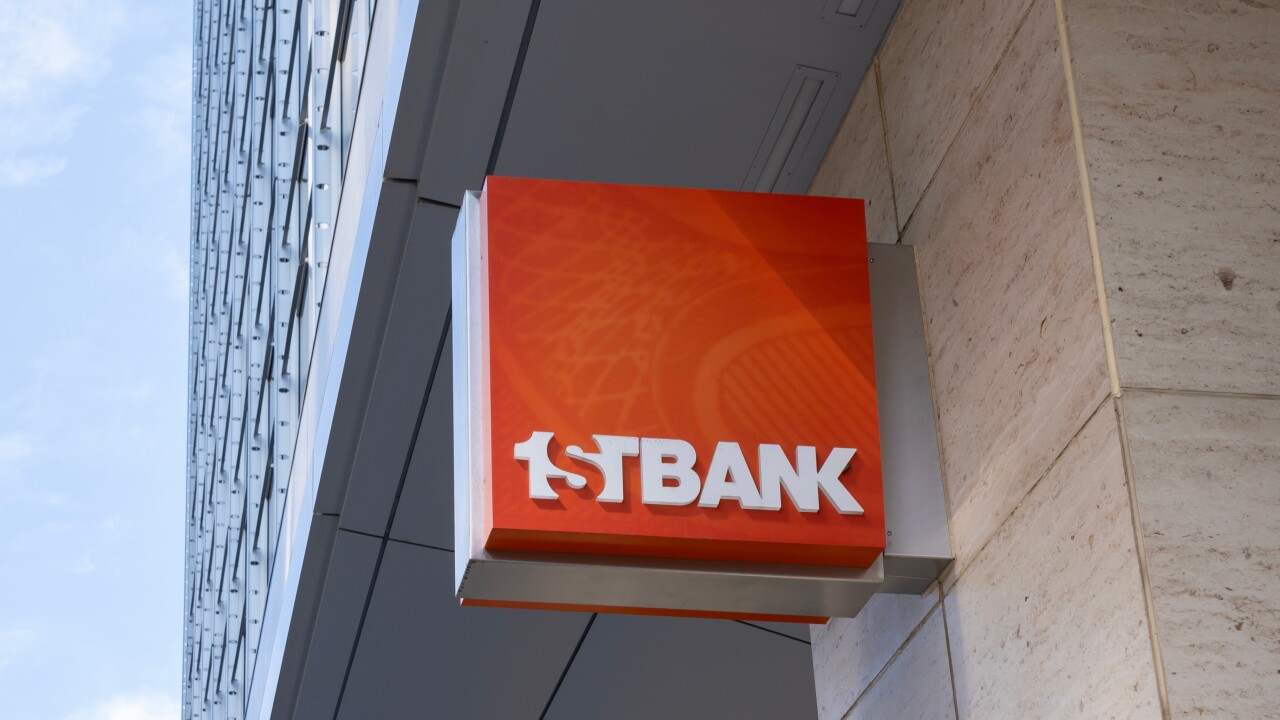U.S. acquirers are looking to expand their business in emerging markets, where small merchants are starting to enter the commercial framework.
"Traditional acquirers have focused on the top end of the [merchant] pyramid, the large retailers and following global merchants as they expand," said Nagesh Devata, senior vice president of acceptance and merchant development for Asia Pacific at MasterCard. "That's been where the more affluent or middle market consumers have gravitated towards."
But there's been a shift. Consumer sentiment is changing to see the benefit in buying from small, local shops instead of large, global corporations. And small merchants are beginning to accept new, electronic payment types through mobile point of sale devices. This adoption is happening especially fast in the Asia-Pacific region, Devata said. Mobile can not only help these merchants engage with their customers on the front end but also structure the purchase of supplies on the back end.
This is an area where traditional acquirers from developed countries can be of service. But to succeed, they'll need to switch up their models, embracing technologies that haven't yet gained mainstream adoption in the U.S.
"Innovation won't follow the traditional path in these emerging markets," said Devata. "This is a segment that's extremely savvy, tech-enabled, with smartphones and tablets."
Devata is encouraging developed market acquirers to look at expanding their services into regions such as Indonesia, Thailand and the Philippines. And they need to move quickly to secure market share, since
These markets are full of small companies that were started by a first-generation member of the family and then taken over by one of the business owner's children. These merchants have been in existence for 25 to 50 years and have been predominantly cash-based. And many of these merchants are trying to expand their business to be more relevant in an e-commerce environment.
"And they're not looking at traditional technology to address those needs," Devata said. "Smart organizations could really come in and drive the transition to electronic payments, drive the convergence of physical and digital commerce."
In the Asia-Pacific region, acquirers must focus on partnerships to get access to the market.
In these markets there are already established banks and processors, but small- and medium-sized enterprises get cut out because these large institutions don't want to take the risk on the segment, Devata said. Acquirers that would like to get into Asia-Pac will likely need to partner with technology companies and entrepreneurs, whether for the technology itself or for a sales force that can meet in-person with merchants.
Silicon Valley Bank took that approach. The Bay Area bank is working on getting its
Partnering also allows acquirers to offload some of the risk.
"When I talk about risk, it's more in the context of going after that segment, not that it's more risky; just that [developed economy acquirers] don't know how to go after them," Devata said. Acquirers don't fully understand how to engage, onboard and underwrite these small operations, he said.
Asia-Pac isn't the only region with opportunity. During a panel discussion this month at the Global Acquirer's Conference in London (in which Devata participated), there was healthy debate about which market is the most interesting. Latin America and the Middle East were also highlighted for their significant potential.
Each region is diverse and challenging for acquirers in the Western world, Devata said. But "the reality [is] these are issues that are transcending acquiring, and acquiring as a line of business is becoming more and more critical," he said.





